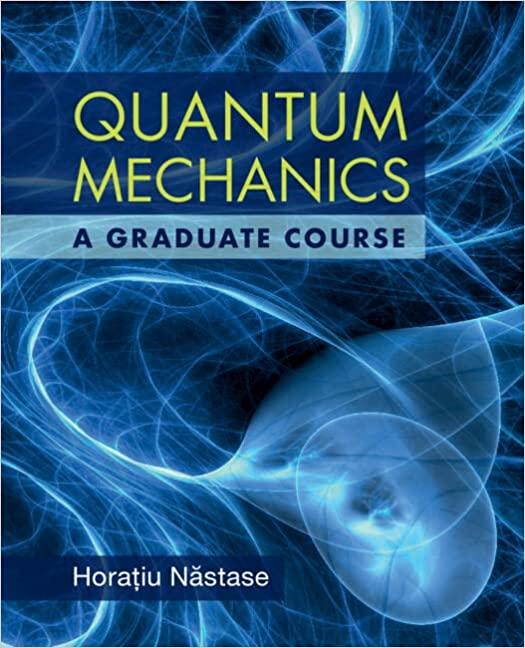(Neutrino oscillations). Consider a two-level system with eigenstates of the Hamiltonian (left|psi_{1} ightangle) and (left|psi_{2} ightangle), of...
Question:
(Neutrino oscillations). Consider a two-level system with eigenstates of the Hamiltonian \(\left|\psi_{1}\rightangle\) and \(\left|\psi_{2}\rightangle\), of energies \(E_{1}\) and \(E_{2}\), respectively \(\left(E_{2}>E_{1}\right)\), corresponding to the mass (and, of course, momentum) eigenstates of two massive neutrinos. Consider also flavor eigenstates \(\left|\phi_{1}\rightangle=\left|v_{\mu}\rightangle\) and \(\left|\phi_{2}\rightangle=\left|v_{\tau}\rightangle\), rotated by a mixing angle \(\theta\) with respect to the mass eigenstates, and an initial muon neutrino eigenstate, (|\psi(t=0)angle=\left|v_{\mu}\rightangle\), of energy \(E\). If the neutrinos are ultra-relativistic \(\left(E_{1} \gg m_{1}\right.\), \(E_{2} \gg m_{2}\) ), find the formula for the oscillation probability (the probability of finding the system in the tau neutrino flavor eigenstate) as a function of \(\theta\), time, \(E\) and \(\Delta m^{2} \equiv m_{2}^{2}-m_{1}^{2}\).
Step by Step Answer:






